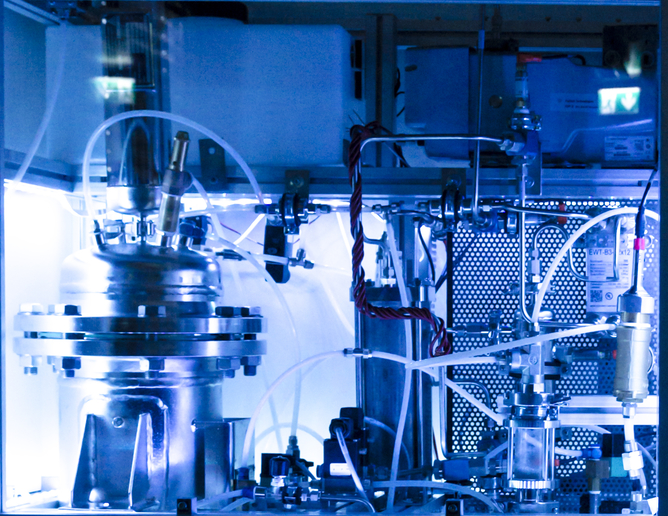Efficient organic solar cells go green
Organic solar cells enable various applications that cannot be addressed using conventional silicon cells. Several development challenges remain before organic solar modules can be brought to market, one being the use of environmentally friendly materials and techniques. The EU-funded project MATHERO(opens in new window) (New materials for highly efficient and reliable organic solar cells) addressed these challenges. The project developed materials and deposition methods enabling devices with 10 % PCE on laboratory-scale. Such efficiencies together with a lifetime of more than 10 years would also mean a dramatic operating cost reduction. To achieve such outcomes, the team developed high-efficiency donor polymers, green inks and solvents, and also synthesised materials with upscalable green chemistry. Researchers synthesised benzodithiophene-quinoxaline copolymers, initially using the traditional STILLE cross-coupling polymerisation technique. Performance in laboratory-scale polymer:fullerene organic solar cells was more than 8 %. By using direct arylation synthesis (an eco-friendly and scalable chemistry route), the polymers still achieved 6 % PCE. Researchers developed green inks using non-halogenated, non-toxic solvents, yielding solar cells with PCEs exceeding 10 %. Work on extending solar cell lifespans yielded a disruptive monolithic encapsulation process. The team developed new materials and processes that did not need the adhesives or energy-consuming vacuum techniques typically used for high-quality gas-barrier foils. The solution-processed monolithic encapsulation is compatible with surface deposition onto organic solar modules. The MATHERO consortium also demonstrated the cost effectiveness of OPV modules. The team incorporated their developments such as the photoactive polymers produced using the scalable green synthesis, sustainable production using green solvents, inexpensive interlayers and disruptive monolithic encapsulation into flexible solar modules. Such outcomes enable substantial reduction of materials costs, which is the main factor in large-scale OPV manufacturing. Other work included analyses of technological needs, the market and economic viability of the proposed methodology. As such, the team produced a dissemination plan that permits rapid time to market. They identified six exploitable results and produced a plan for use. MATHERO results allow cheaper manufacturing of long-lasting, efficient and environmentally friendly solar cells.







